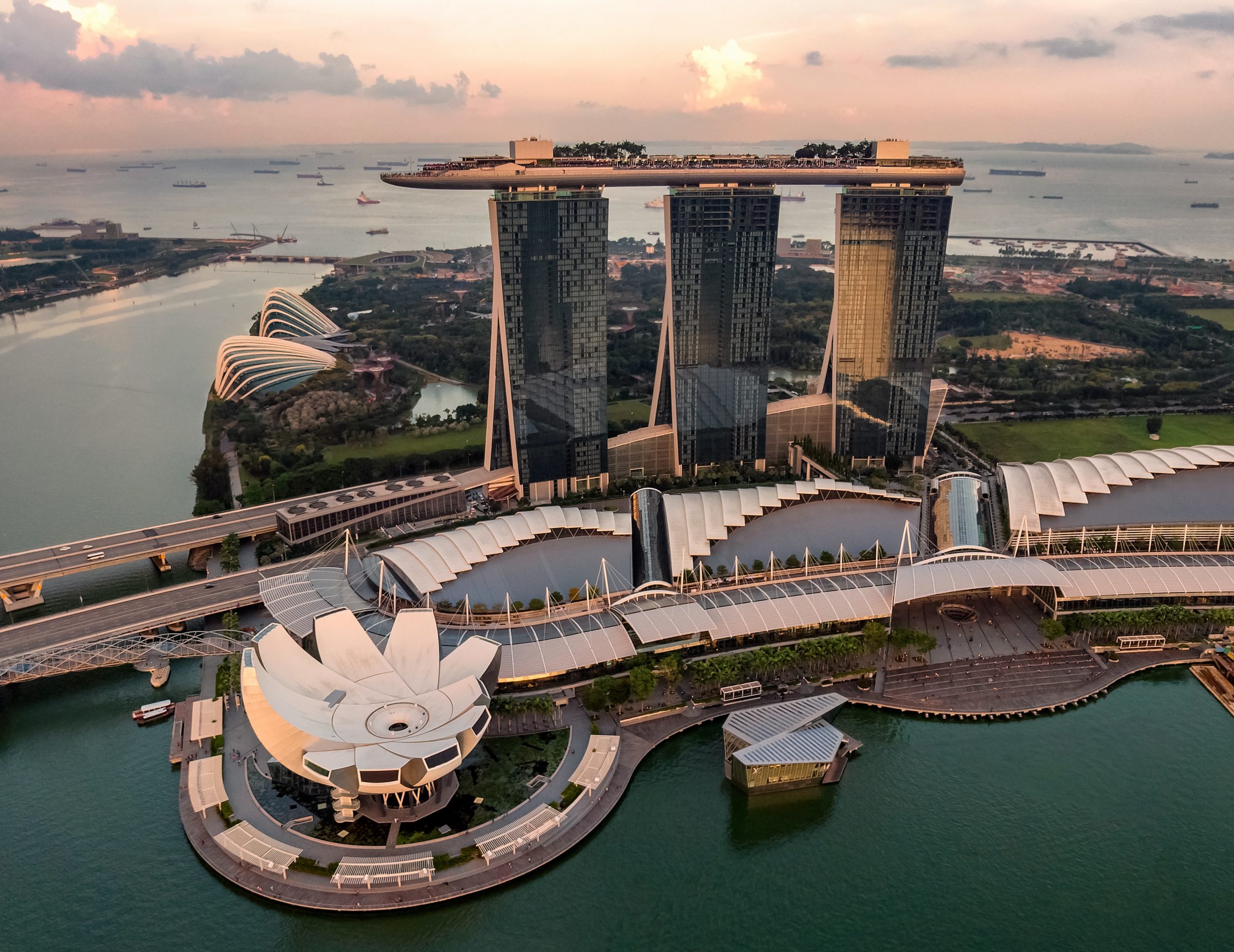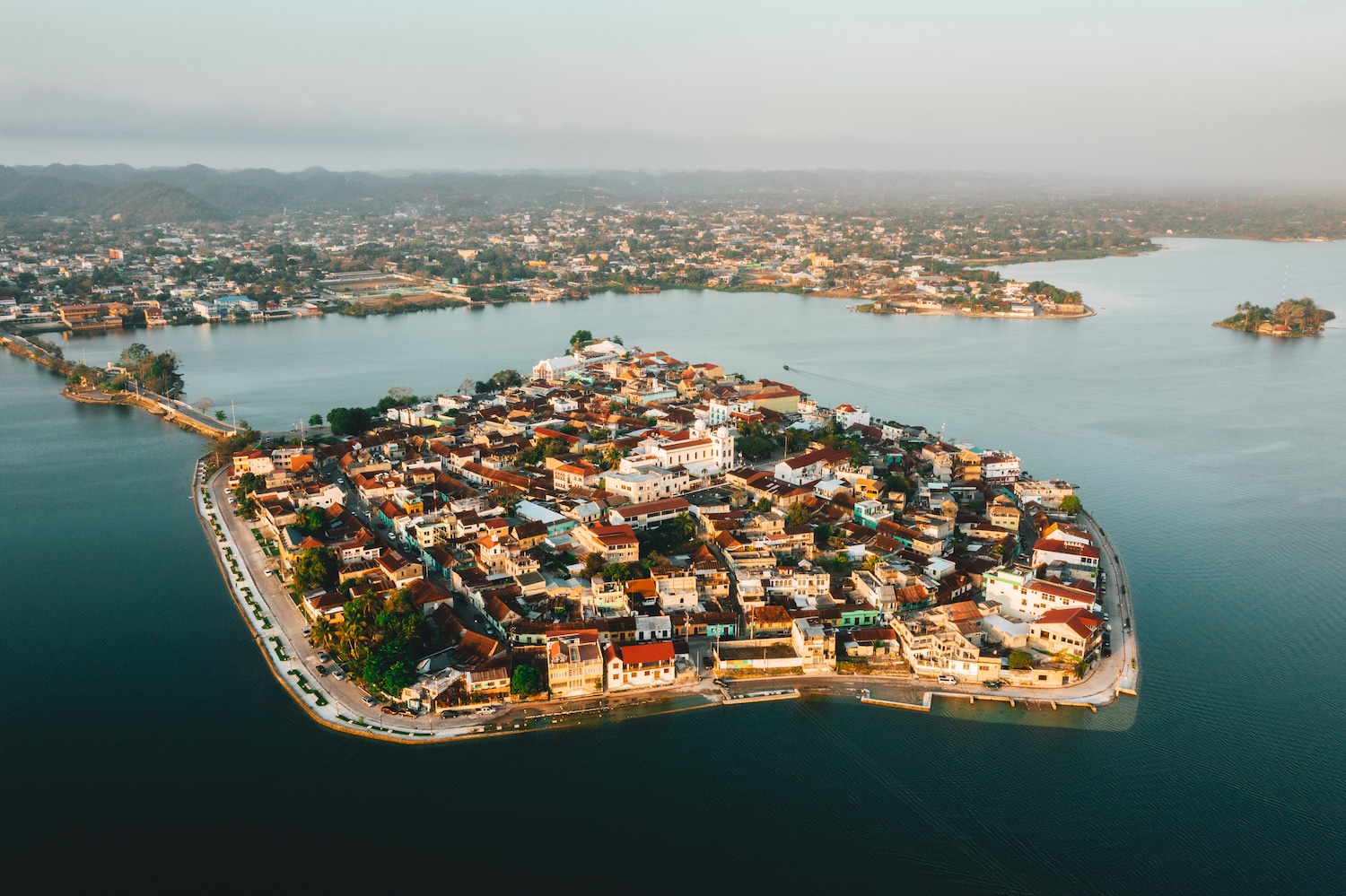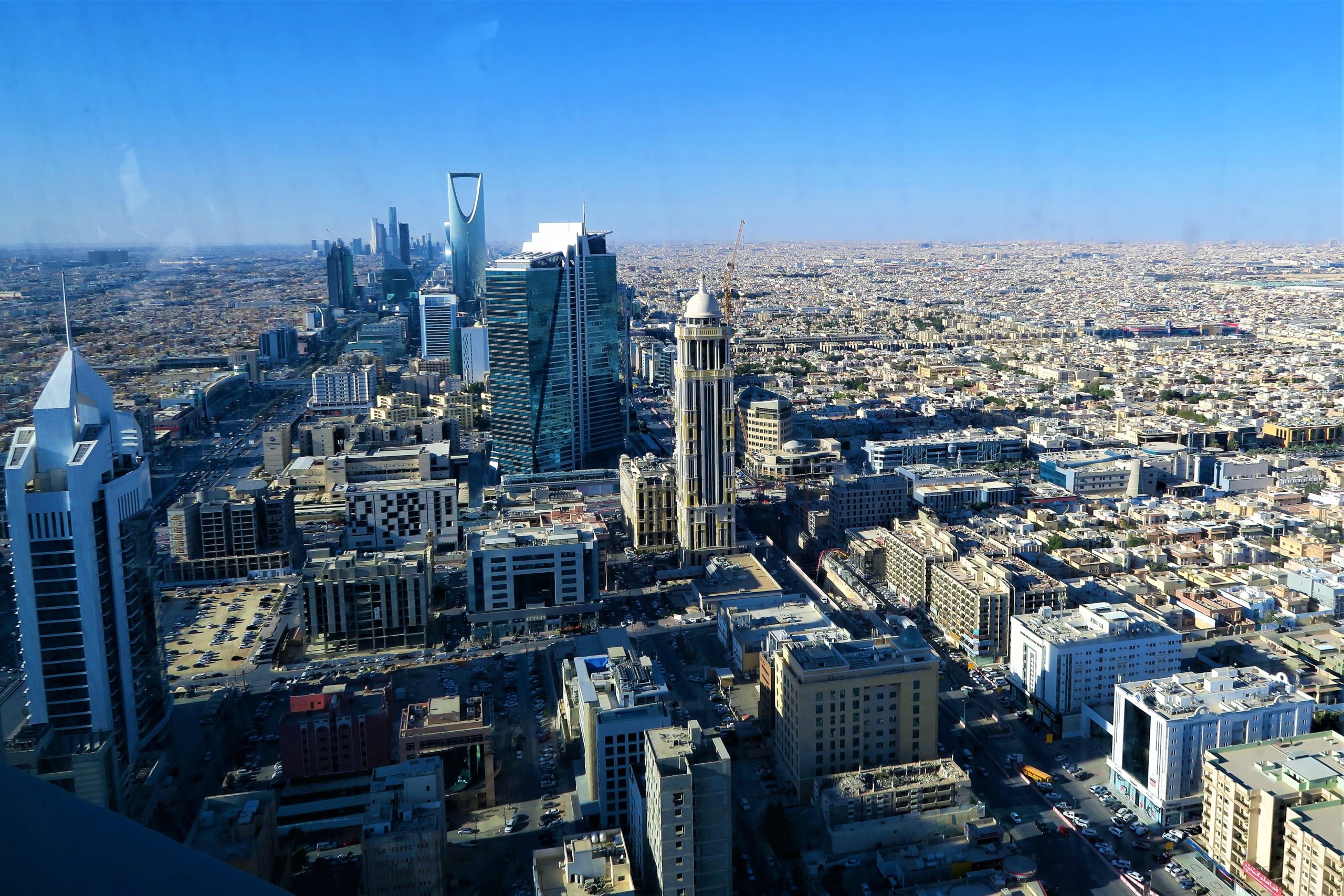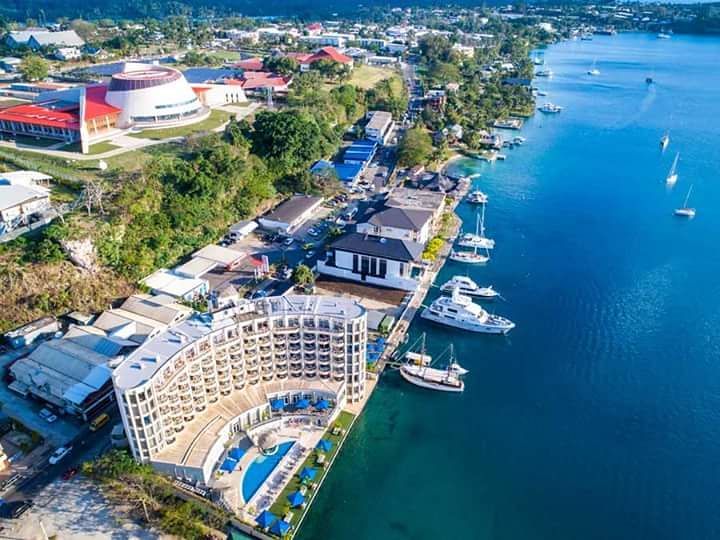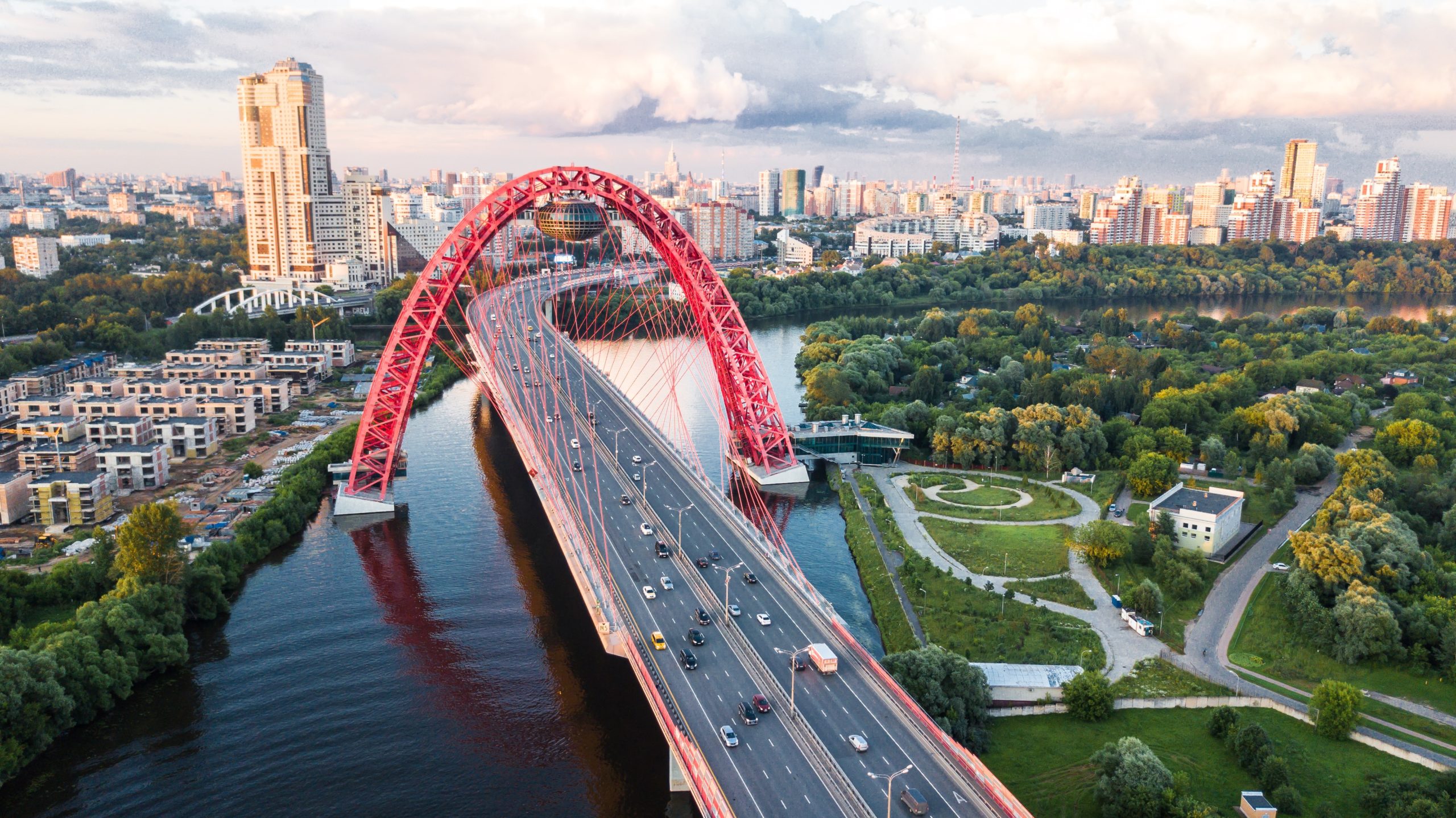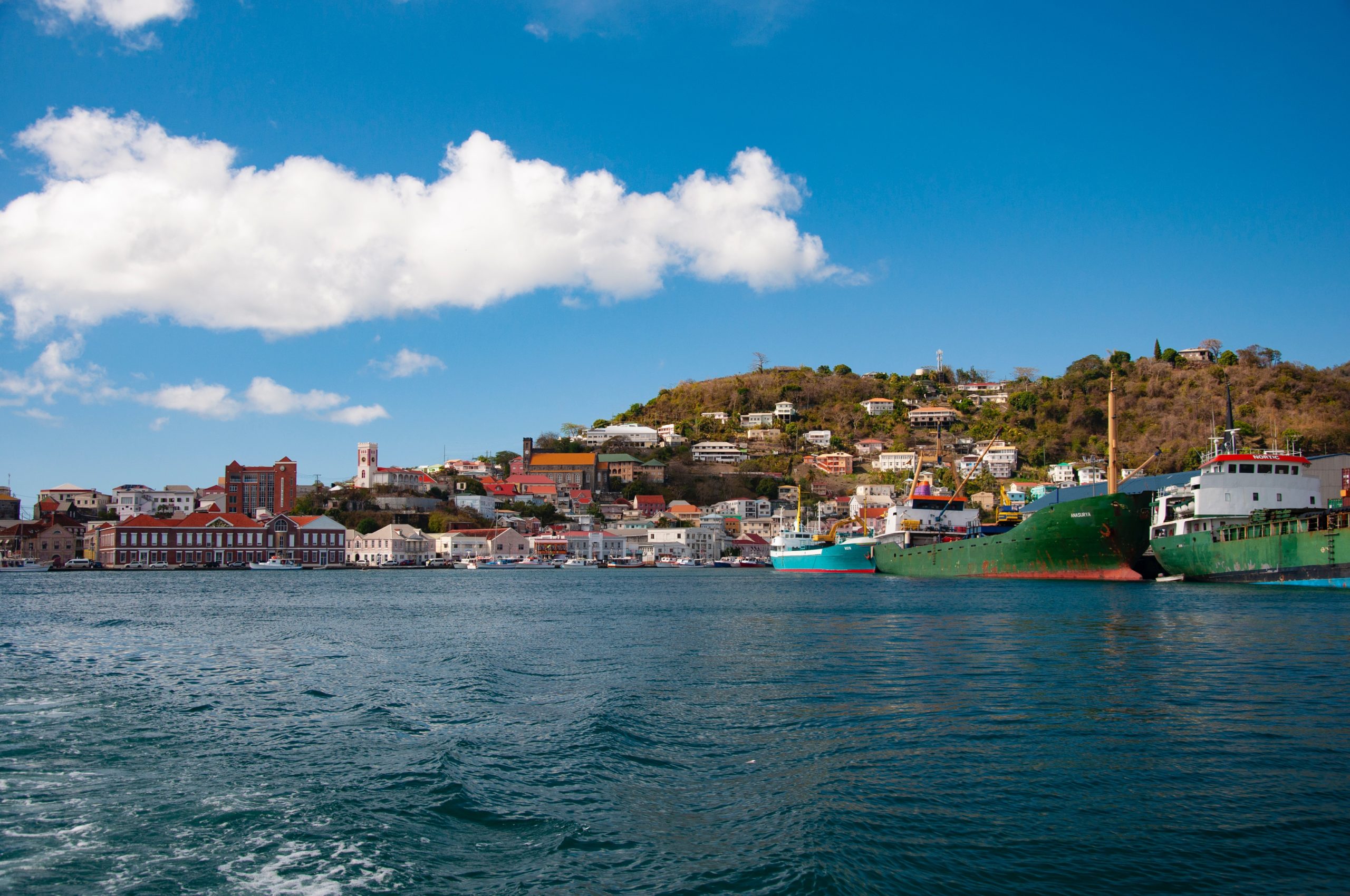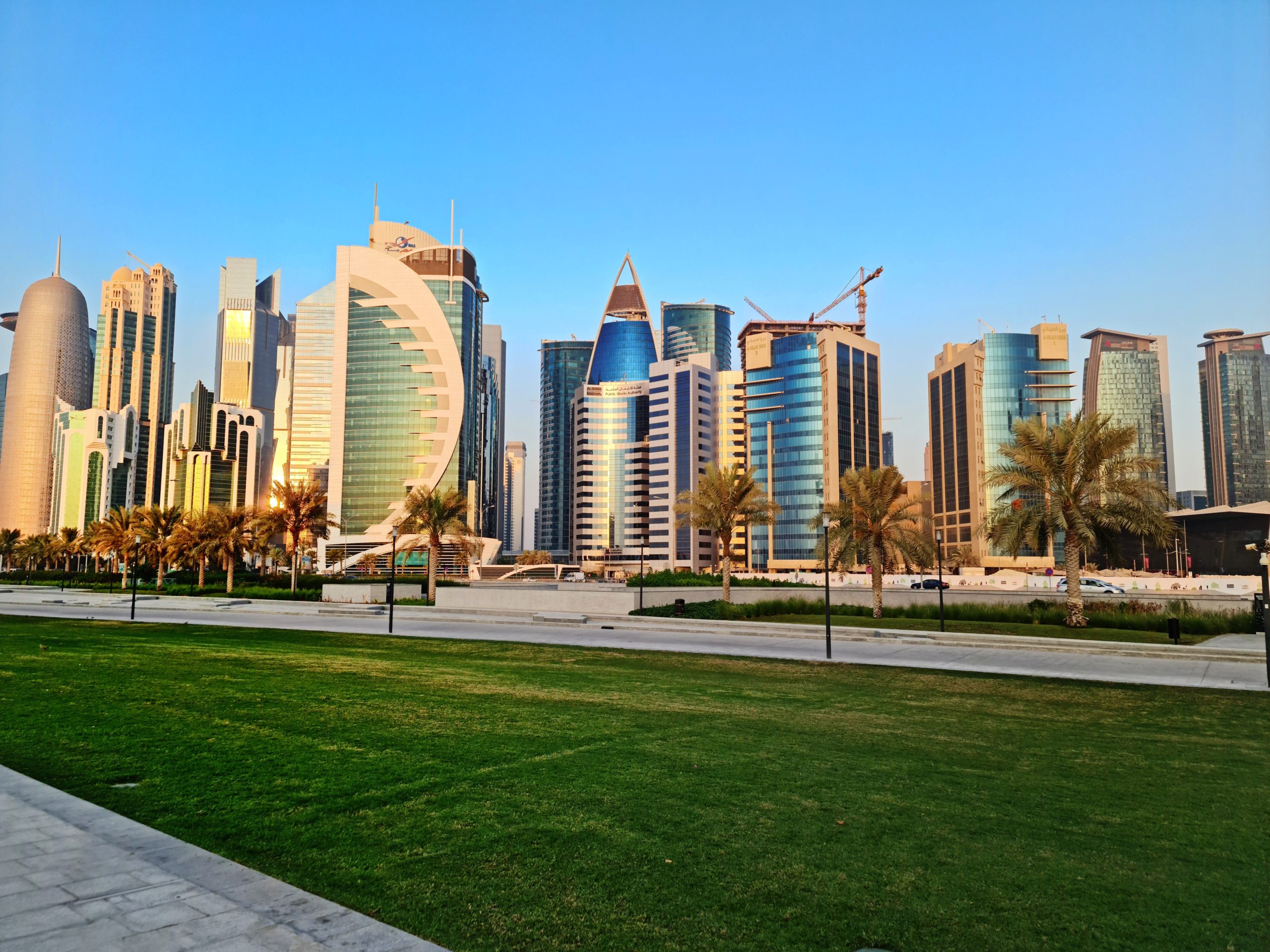The Federated States of Micronesia is a group of attractive islands in the Pacific Ocean’s western portion that are well-known for their stunning lakes and top-notch water sports locations. However, the commercial and financial potential of these islands is known by even fewer people. The territories of the FSM are still eager to be identified and examined. The four islands that make up the FSM, cover a territory of one million square miles. Numerous potentials exist for entrepreneurs and commercial associates due to their favorable position, underutilized environmental assets, and strong connections to the U.S.
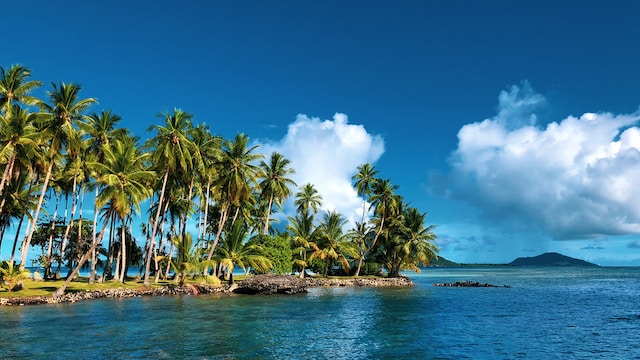
For anyone interested in exploring the potential of the territories, it provides the following business options.
Agriculture
The expansion of the agricultural sector has been cited as one of the pillars of the FSM administration’s considerable growth plans. The country has historically engaged in small-scale, basic farming, with extra produce being sold in nearby marketplaces and shops. Bananas, breadfruit, chili maize, kava, and noni are just a few of the several crops that are becoming more and more abundant, opening up numerous export possibilities. Furthermore, Micronesia can lessen its dependency on imports and improve the efficiency of its available harvest by growing its agricultural industry for local consumers.
In the FSM, more than 22 types of bananas are produced, and 13 of them meet the daily needs for 50–100% of Essential Vitamins. It is organically rich in noni, which offers a rich prospect for organized production and export. Noni, known for its medical advantages, is sold by more than 200 enterprises in more than 50 nations.
Aquaculture
Numerous prospective options for aquaculture operations, both for sale and internal use are presented by its enormous islands and wetlands. The development of the shipment of sea cucumber, enormous clams, black gems, sponges, fish, and trochus shells is presently underway.
Since 1991, the Kosrae-based National Aquaculture Institute has effectively bred large clams to replenish and replant the reefs in the Federated States of Micronesia. Its existing output potential may not be sufficient to satisfy the high requirement for clams, especially in the Asian seafood industry.
Some of the most unusual fish, including kinds that vary greatly in size, color, and shine, inhabit the seas near FSM. These species, which may be found in the deeper ocean, offer various export options to the aquatic industry as well as to hoarders and suppliers of exotic, unusual species.
Infrastructure
The authorities put a strong focus on the upgrading and expansion of construction activities in its Comprehensive Growth Plan as one of the requirements to attain financial self-reliance. According to the plan, the state would invest more than $700 million in initiatives in crucial sectors over the coming fifteen years. Power generation, drainage, waste disposal, roadways and walking routes, aviation and marine transit, welfare and schooling, and public structures are some of these sectors.
The administration has designated time-sensitive, crucial building programs as part of the broader infrastructure strategy, and these programs offer numerous opportunities for building contractors, architects, engineers, advisors, engineers, and vendors.
Tourism
The FSM’s biggest possibility for expansion may be in the tourist sector. The FSM is one of the completely untouched havens on earth thanks to the magnificence of the nearby islands and ocean. Four different worlds are combined into one since each territory has its collection of dialects and accents, distinctive traditions and rituals, and rich cultural history.
The goal of the state’s tourism plan is to encourage the growth of touristic projects and related businesses, thus promoting eco-friendly travel. Eco-tourism facilities have already demonstrated remarkable success in several states. As people become more aware of Micronesia as a viable vacation spot, there are considerable economic prospects for bigger hotels and restaurant development schemes in each of the four islands.
Manufacturing
Potential in the industrial area is mostly concentrated in small-scale businesses. The majority of industry uses the plentiful organic assets found on the archipelago, including maritime riches, fresh water, and coconut trees. According to the Third Financial Conference, the industrial sector’s objective is to increase the efficiency of these domestically accessible production inputs to support the growth of the industrial field.
